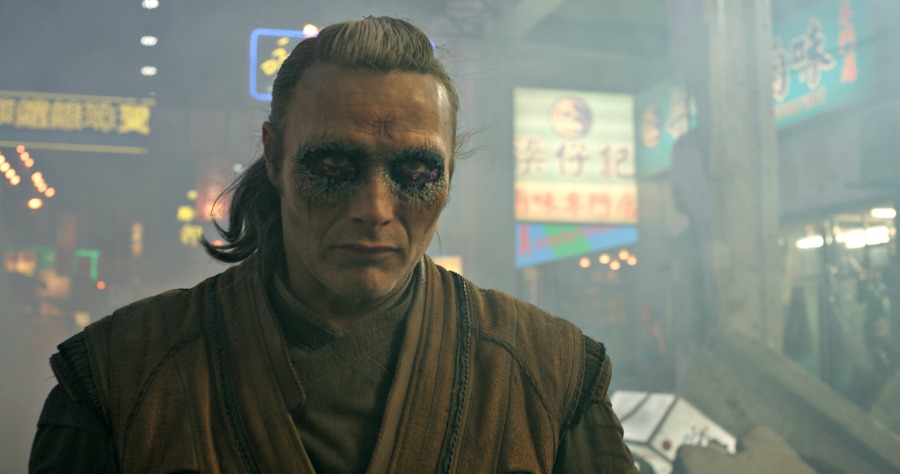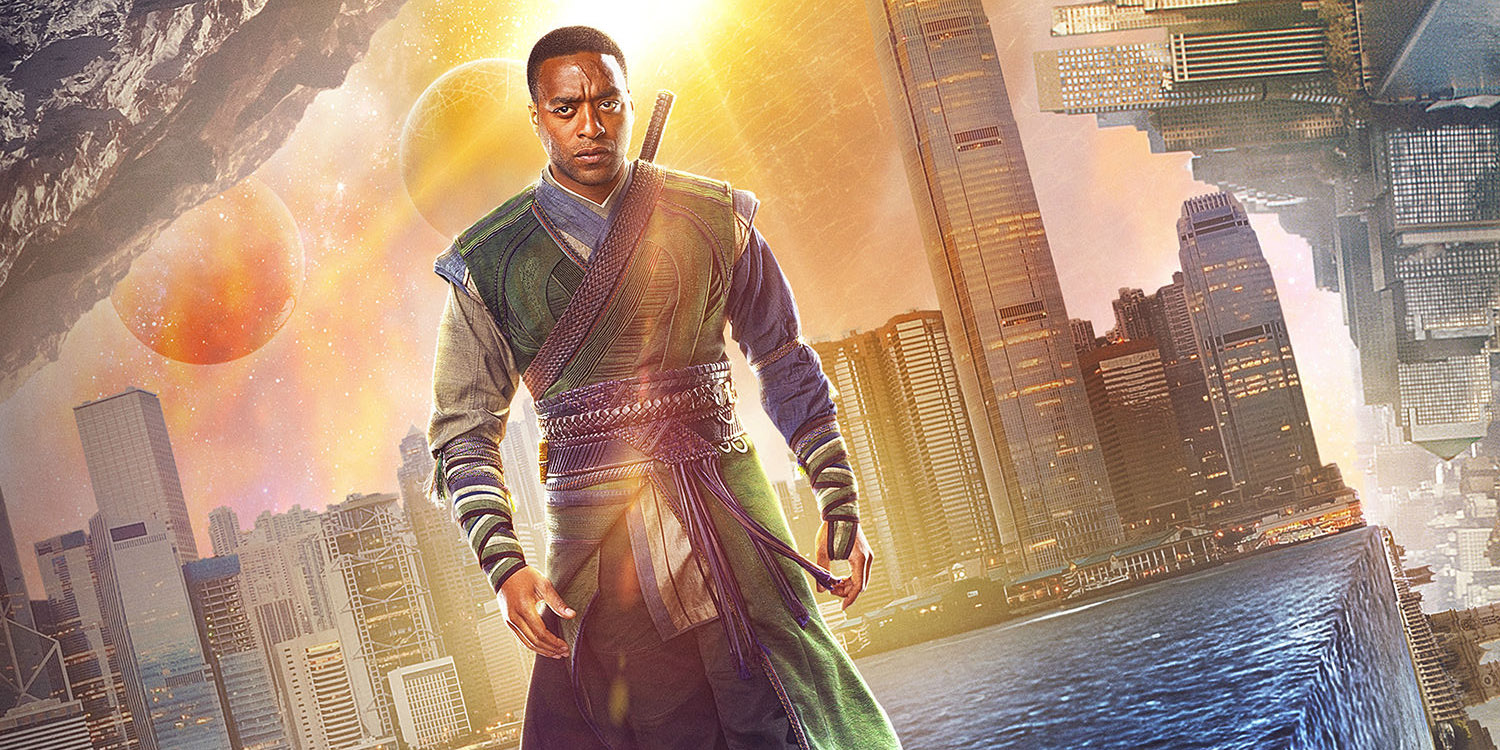On Baseball's Biggest Stage, 2 Lovable Losers Square Off To Become The Champ
This week, the World Series features two of professional sports’ most famously hapless franchises: the Chicago Cubs and the Cleveland Indians. Both teams have gone decades without a championship.
MICHEL MARTIN, HOST:
And now it’s time for Words You’ll Hear. That’s where we take a word or a phrase we think you’ll be hearing in the news and break it down for you. This week’s phrase is lovable losers. Yes, that’s right, we’re talking about the Chicago Cubs, who are one step closer to fulfilling the wish of long-suffering fans – winning the World Series. They’ll play the Cleveland Indians Tuesday in the first game of the series. And yes, we know both teams have endured epic drought since their last championships. We’re joined now by NPR’s David Schaper, who is in Chicago and spent some time with euphoric fans there. Hi, David.
DAVID SCHAPER, BYLINE: Hi, Michel.
MARTIN: So the Cubs have been called the lovable losers, but losers no more. They clinched a spot in the Series by beating the Los Angeles Dodgers at Wrigley last night. What’s the city like there now?
SCHAPER: You know, it’s really, truly unbelievable. It’s not unusual – I’m outside of Wrigley Field, and you see grown men and women come up with tear in their eyes. You start talking to people and they get choked up. They are so emotional about this. I just saw a guy walk by, too, who had spray-painted his dog. He has a white dog, and he spray-painted it red and blue, the Cubs colors, with the Cubs logo all over this dog. And people are stopping him and taking pictures. And it’s a really fantastic atmosphere. It’s just – people are euphoric. But, you know, as you mentioned, this is a 71-year drought that, you know, the Cubs haven’t been in the World Series. But they haven’t won it since 1908, and so there’s a lot of people who feel there’s unfinished business here.
MARTIN: Can you remind us why the Cubs are called the lovable losers? And just for people who want to send me the lawyers, I didn’t make this up. This is not me.
SCHAPER: (Laughter) No, no. And a lot of us kind of refer to them as lovable losers. It’s in part because it’s such a charming team. It’s got this iconic ballpark that people just love. Baseball fans from all over the world, not just all over the country, like to come to visit Wrigley Field because it’s a mecca of sorts for baseball fans. And the way that they’ve lost over the years has been so tragic, so heartbreaking, you know, ripped out the hearts of many fans over the years. So again, to get to this point and to move on outside of the National League Championship Series and into the World Series is just a phenomenal feat for fans here.
MARTIN: Now, you might not be the person to ask, but is there any sympathy for Cleveland ’cause Cleveland hasn’t had it that much better, having not won since 1948?
SCHAPER: That’s right. You know, and there is some sympathy here. There are a lot of people who feel like, you know, they’ve had a long drought, too. They don’t have the best reputation of baseball in terms of winning teams. And so a lot of people are thinking, yeah, it would be nice for them to win it, just not this year (laughter). It’s not going to happen.
(LAUGHTER)
MARTIN: All right, well, the first game is Tuesday in Cleveland. Are there any special plans in Chicago?
SCHAPER: Well, I can’t imagine anybody watch – not watching the game. I think people are going to be glued to their TVs whether it’s at home or at bars or pubs. It’s Cub fever through and through in this city. Schools are having special events where they’re having all the kids dressed in Cub uniforms and Cub colors. So it’s going to be quite something to watch.
MARTIN: So don’t call you that night, basically.
(LAUGHTER)
MARTIN: All right, that’s NPR’s David Schaper in Chicago. David, thank you.
SCHAPER: Oh, thanks, Michel.
Copyright © 2016 NPR. All rights reserved. Visit our website terms of use and permissions pages at www.npr.org for further information.
NPR transcripts are created on a rush deadline by Verb8tm, Inc., an NPR contractor, and produced using a proprietary transcription process developed with NPR. This text may not be in its final form and may be updated or revised in the future. Accuracy and availability may vary. The authoritative record of NPR’s programming is the audio record.





